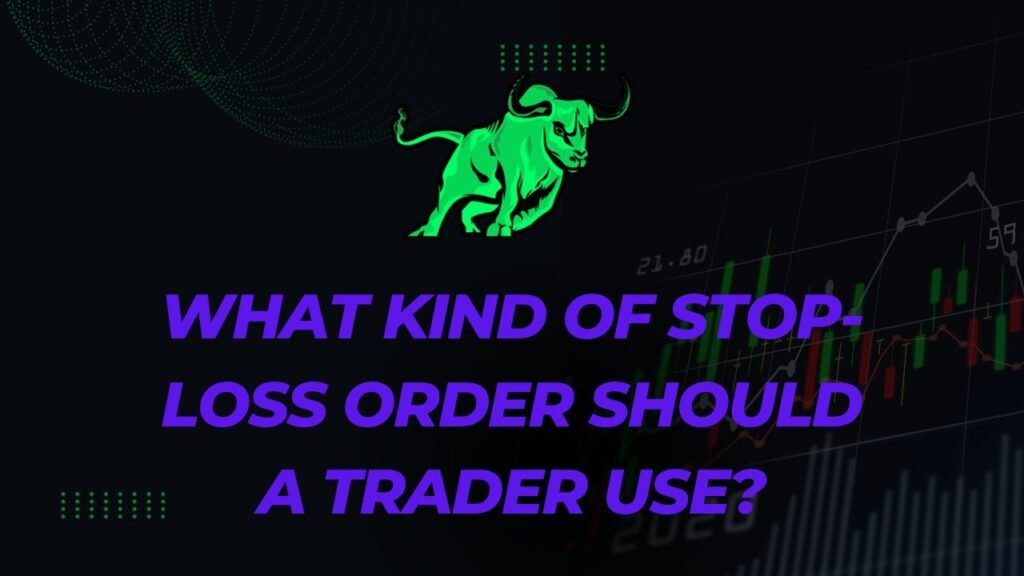
In the volatile landscape of financial markets, a trader’s ability to manage risk is paramount. Enter the stop-loss order – a strategic tool to limit losses and safeguard investments. But what kind of stop-loss order should a trader use? Let’s explore the options and strategies, employing markdown formatting for clarity.
1. Market Order
At the heart of stop-loss strategies is the market order. This order type triggers the sale of an asset immediately at the prevailing market price once the specified stop-loss level is reached.
- Advantages:
- Swift execution ensures a prompt response to changing market conditions.
- Effective in highly volatile situations where speed is crucial.
- Considerations:
- Market orders may be susceptible to slippage, resulting in a sale at a slightly different price than expected.
2. Limit Order
Markdown allows us to present key points clearly. A limit order sets a specific price at which the asset should be sold. Once the market reaches this predetermined price, the order is executed.
- Advantages:
- Provides control over the selling price, minimizing the impact of slippage.
- Ideal for traders with a target exit price in mind.
- Considerations:
- There’s a risk that the order may not be executed if the market doesn’t reach the specified price.
3. Trailing Stop Order
List formatting enhances readability. A trailing stop order adjusts the stop price as the market price fluctuates, maintaining a specified distance. If the asset’s value increases, the stop price follows, securing potential profits.
- Advantages:
- Allows traders to ride the trend and capture maximum gains during favorable market conditions.
- Automatically adjusts to market fluctuations.
- Considerations:
- In choppy or volatile markets, a trailing stop might lead to premature exits.
4. Percentage-Based Stop
Break up information with lists for better comprehension. A percentage-based stop involves setting the stop-loss level as a percentage of the asset’s current market price.
- Advantages:
- Adapts to different asset prices, ensuring a proportional response to market fluctuations.
- Offers a standardized approach, especially for diversified portfolios.
- Considerations:
- Traders must carefully choose the percentage, balancing risk and reward.
Choosing the Right Stop-Loss Strategy
In the vast sea of trading strategies, choosing the right stop-loss approach depends on various factors:
- Risk Tolerance:
- Market Conditions:
- Adjust the stop-loss strategy based on the prevailing market conditions, considering factors like volatility and liquidity.
- Trading Style:
- Day traders might favor tighter stops for quick exits, while long-term investors may opt for more lenient stop-loss parameters.
Conclusion
Short, snappy sentences drive home key points. In the complex realm of trading, selecting the right stop-loss order is a critical decision. Whether using market orders for immediate action, limit orders for precise control, trailing stops for dynamic adjustments, or percentage-based stops for a standardized approach, each strategy has its merits.
Remember, the key is aligning the stop-loss approach with your trading goals and risk tolerance. It’s not just about limiting losses; it’s about doing so in a way that aligns with your overall trading strategy.